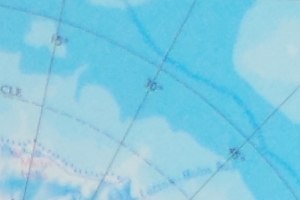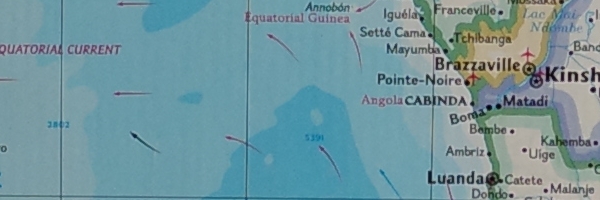Pentax DA* 11-18mm F/2.8 DC AW Review
Introduction
The Pentax DA* 11-18mm F/2.8 DC AW is a professional-grade ultra-wide zoom lens for APS-C DSLRs. This bright constant-aperture zoom spans a 7mm range of ultra-wide focal-lengths, equivalent to a 17-27mm lens on a Full-Frame camera. This focal-range is not very common among APS-C cameras and is narrower than most to ensure high optical quality throughout its zoom range..
Pentax introduced the DA*-series of professional lenses in early 2007 with the Pentax DA* 16-50mm F2.8 ED AL (IF) SDM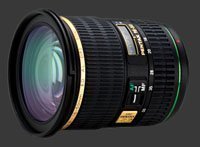
Pentax DA* 16-50mm F2.8 ED AL (IF) SDM. This weatherproof K-mount lens was the first Pentax to sport an ultra-sonic internal focus-motor, which proved to be the weak-point of an otherwise stellar lens. Reviving the DA* series, this time, Pentax introduced a much simpler and reliable DC motor in the new DA* 11-18mm F/2.8 DC AW, resulting in a durable lens that is expected to last much longer.

Even though Pentax created a number of DA* lenses, none previously covered an extremely wide angle-of-view. Pentax photographers relied on the excellent yet aging Pentax DA 12-24mm F4.0 ED AL (IF)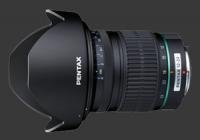
Pentax DA 12-24mm F4.0 ED AL (IF) or a third-party lens. Neither the Pentax DA 12-24mm F/4 nor most third-party ultra-wide angle zoom lenses were weatherproof.
This ultra-wide zoom lens spans a 104-76° angle-of-view which very practical for architecture photography. Its bright F/2.8 maximum aperture is also incredibly useful when using the DA* 11-18mm F/2.8 DC AW for astro-photography and capturing cavernous interiors of temples and monuments. Pentax added two features specifically for astro-photography on this lens. One is a Focus-Lock switch and the other is support for a warming ring to keep the lens operating optimally in cold temperatures.
Design & Build Quality
The Pentax DA* 11-18mm F/2.0 DC AW was the first lens to feature completely new optics after several years of revising lenses with new coatings. With this lens, Pentax is trying to recover their former recognition of optical excellence, which is particularly demanded by newer high-resolution digital cameras. The result is a huge and heavy lens that stands out among the rest of the Pentax APS-C lens lineup.
This ultra-wide lens is literally very wide. Its barrel measures 9cm across and is 10cm long. It is truly dense and packed with 16 elements arranged in 11 groups, giving it a weight of 704g. The previous ultra-wide APS-C lens which spans 12-24mm with an F/4 maximum aperture is significantly lighter at 430g.
The DA* 11-18mm F/2.8 is extremely sturdy with tight tolerances and a very nice smooth matte finish. Its entire optical system is internal which keeps the lens barrel a constant length at any combination of focal-length and focus-distance which makes it more comfortable to use since balance does not change. The body of this lens is fully weatherproof and freezeproof down to -10C.
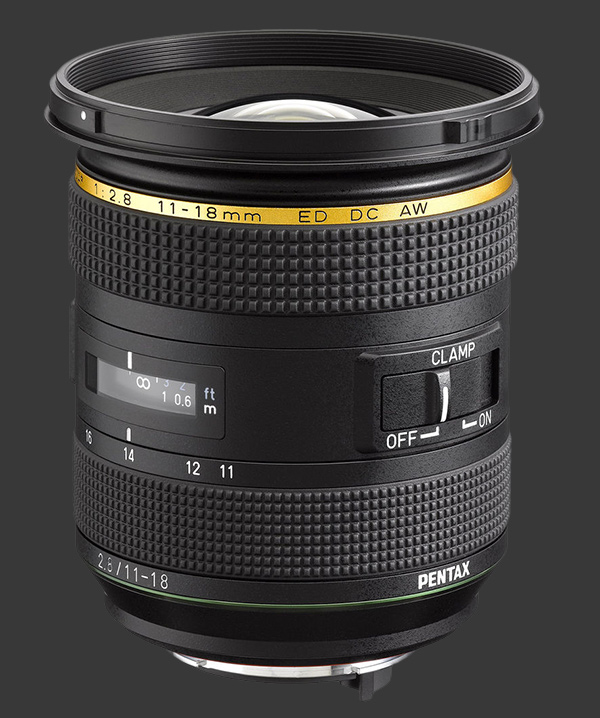
A simple AF/MF switch on the side of the lens barrel has a nice firm detent. Close to the camera body, there is a wide zoom ring marked from 11 to 18mm. It rotates smoothly with some slight resistance 90° to cover this short zoom range. A fine rubberized texture gives the zoom ring an excellent grip. All the way at the front of the lens, there is a wide focus-ring with a rougher rubber texture. This ring rotates freely yet with a good amount of resistance to minimize accidental changes. There is a 90° throw from the minimum 30cm focus-distance to infinity yet the lens can focus beyond that.
Opposite the AF/MF which, on the side of the lens barrel facing the camera hand-grip, there is a large slider to lock focus. This switch has very firm detent and reveals a red square when focus is locked. Although the distance itself is locked, the focus-ring is not. One can still rotate the focus-ring without limit but the focus-distance would not change. It would have been better if the ring were physically locked too as this would immediate tell the photographer that focus is locked without looking at the side of the lens barrel.
Pentax fit their DA* 11-18mm F/2.8 DC AW with a KAF3 lens mount which the most common among modern K-mount lenses. KAF3 controls the aperture mechanically but the focus-distance electronically. Some older Pentax DSLR may not be able to use autofocus with this lens.
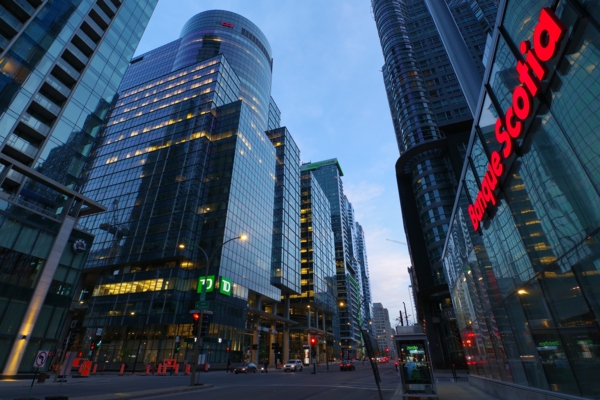
A Direct-Current (DC) autofocus motor in this lens provides an effective and highly reliable way to control autofocus. In theory, this type of motor is slower than more modern PLM or traditional SDM drives but the Pentax DA* 11-18mm F/2.8 DC AW has the advantage of requiring very little motion to change focus since its depth-of-field is quite deep. Being Internal Focus, autofocus is nearly silent with this lens.
The front of the lens accepts 82mm screw-on filters. This is the second largest filter supported by Pentax lenses and the only one among APS-C lenses. This size is becoming more common due to it being used on Full-Frame lenses but such filters are costly. Pentax supplied a dedicated bayonet-type lens hood with this lens. This one does not offer a sliding window since polarizing filters cause artifacts on ultra-wide lenses.
Image Quality & Autofocus Performance
Pentax created a new optical formula for the DA* 11-18mm F/2.8 DC AW to resolve 24 megapixels of detail that required by the K-3 II, their flagship camera of its time. The optics in this top-of-the-line lens are truly impressive. They deliver nearly perfect image-quality at all combination of focal-length and aperture. This lens has been optimized for absolute uncorrected image-capture which makes it large and heavy.

For a lens capturing such an extreme angle-of-view, geometry is rendered remarkably well. Near 11mm, there is a barely visible amount of barrel distortion, less than 1.5%. Zooming in, this slowly disappears until minimal pincushion distortion appears right at 18mm, less than 1% distortion. This is quite important for a DSLR that cannot preview any software compensation in its viewfinder.
Significant vignetting is present in images taken with the DA* 11-18mm F/2.8 DC towards shorter focal-length. At its widest and fully open, there is almost 2-stops of vignetting. Stopping down improves the situation marginally and even at F/8, there is a full-stop of vignetting remaining. The least wide side performs much better. It shows noticeable vignetting fully open, about 1-stop but this becomes imperceptible by stopping down to F/4. Vignetting is easily correctable and software with minimal image-quality loss, so this is not a huge issue.
Contrast is excellent with this lens which shows really good resistance to flare. Colors are also good at most combinations of focal-length and aperture. Oddly, there is a shift towards yellow when heavily stopped down. It happens around F/8 near the wide end and near F/11 towards the long end. This is a little unusual but most photographers will not notice since Automatic White-Balance compensates for that.
Pentax DA* 11-18mm F/2.8 DC AW Sharpness
Sharpness from this lens is really good in the center of images and softens towards extreme corners according to the aperture. The center is sharp wide open at all focal-lengths but is optimal from F/4, just one stop down from the maximum, which is really good. Diffraction sets in at F/13 when mounted on a Pentax K-3 III.
Corners start off notably soft at F/2.8. Just a half-stop down, the entire image becomes sharper yet still leaving some corner softness. At F/4 images are sharp until all edges and corners become even sharper at F/4.5. Stopping down from there gives high consistent sharpness until the diffraction limit..
What is shown below are 5 crops taken from a photograph, repeatedly captured for each combination of focal-length and aperture. The smaller pieces are cropped from the extreme corners of the image, while the middle wide crop comes from the center of the image. Select an aperture in a row for a desired focal-length to see the crops from the corresponding image. When judging quality, keep in mind that these crops come from a 26 MP image which is normally used to print an image up to 30x20". On a computer display, these may appear much larger which magnifies image defects.
The above interactive crops really show the difference between extreme corners to the center and how it varies according to aperture. Stopped down at F/4, this lens produces detailed images. By closing the aperture even just a little further to F/4.5 and beyond, the output from this ultra-wide lens is solid. It does not reach the level of the DA* 16-50mm F/2.8 PLM AW yet because it is much more difficult to make a sharp ultra-wide zoom.

Autofocus Performance
Following years of struggle with SDM autofocus motors, Pentax switched many of its modern lenses to DC motors. These are proving to be immensely more reliable yet outstandingly slow. The autofocus performance of the Pentax DA* 11-18mm F/2.8 DC AW is as slow as expected. It easily takes a second for it to move focus even over a relatively small distance and its performance is equally slow on the K-5 IIs as the flagship K-3 III. This makes sense since the focus motor is inside the lens and it has to move rather large optical elements.
This lens is inadequate for following any moving subject yet, that is clearly not its intended use. Typically a lens like the DA* 11-18mm F/2.8 is chosen for architecture and astrophotography. Stars move so slowly that they appear stationary and buildings do not tend to move either, so autofocus performance is not critical here.
Conclusion
The Pentax DA* 11-18mm F/2.8 DC AW is necessary in the lineup of Pentax DSLR lenses. Until its launch, there was never a professional grade ultra-wide-angle zoom. Photographers had to resort to third-party lenses or the impressive Pentax DA 12-24mm F4.0 ED AL (IF)
Pentax DA 12-24mm F4.0 ED AL (IF) launched 14 years earlier! No third-party zoom even matched the performance of the DA 12-24mm F/4, leaving Pentaxians with no choice of ultra-wide zoom.
Pentax certainly delivered a professional level ultra-wide-angle zoom. Its extreme viewing-angle combined with bright maximum aperture is highly desirable. As other premium Pentax lenses, the DA* 11-18mm F/2.8 DC AW is tightly weatherproof and freezeproof to -10C. It can handle rain, snow, dust and sand, plus supports a warming mechanism to keep performing in the cold.
Image quality is quite good once stopped down a full-stop from the maximum at any focal-length. It takes an extra half or full stop to produce truly sharp results though. The brightest stop is too soft at corners for being completely usable yet is there when required for small prints. This is overall a great performance for an ultra-wide zoom lens.

Distortion is truly minor and barely noticeable at the shortest and longest focal-lengths. Barrel distortion at 11mm is only a little stronger than pincushion distortion at 18mm. Flare is incredibly well controlled. The true weakness of this lens is excessive vignetting, particularly at wide-angle where stopping down reduces the issue but always leaves noticeable corner-sharing. Towards telephoto, vignetting starts strong yet becomes less dramatic by closing down the aperture.
Autofocus is really slow with this lens. There is no way around this except to prefocus and capture mostly stationary subjects. For architecture, sweeping vistas, monuments and stars, subjects for which this lens is intended, this is not an issue but it is important to know.
The Pentax DA* 11-18mm F/2.8 DC AW is one of two ultra-wide zooms for K-mount DSLRs that is worth considering. Among the two, this is the only truly professional lens and so it easily finds it sport as an essential lens for Pentax photographers. It has the image and build quality, an even wider maximum angle-of-view and a bright aperture.
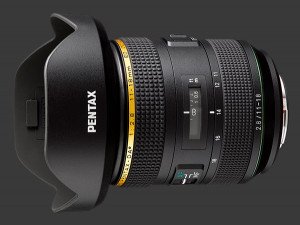
Please Support Neocamera
All information on Neocamera is provided free of charge yet running this website is a huge endeavor. Purchases made via affiliate links found throughout the site help keep it running and up-to-date. There is no additional cost to you, so please consider buying via these links to our affilates:
If you found any information on this site valuable and did not purchase via our affiliate links, please considering donating via PayPal:
Any amount will be greatly appreaciated. Thank you for your support!
Updates
2025.01.18

Fujifilm GFX 2025 Lens Roundup
Lens Review roundup of Fujifilm GFX Medium-Format lenses. Quality, performance and handling of the GF20-35mm F/4R WR, GF30mm F/3.5 Tilt-Shift and the GF55mm F/1.7.
2024.11.18

Best 2024 Photography Gifts for Every Budget
Great gifts for photographers and photo enthusiasts selected for every budget among the best products of 2024.
2024.08.07

Eye Protection Tips for Professional Photographers
The four main considerations for professional photographers regarding eyewear.
2024.07.14

Fujifilm X100VI Review
Flagship fixed-lens compact digital camera with a 40 MP sensor and Image-Stabilization, a first for the series. Retro design featuring dual control-dials, plus direct ISO, Shutter-Speed and EC dials. Its hybrid viewfinder can switch between EVF and OVF mode.
2024.05.09

Fujifilm GFX100 II Review
Flagship 102 Megapixels Medium-Format Mirrorless Digital Camera with 8-Stop 5-Axis IBIS, 8 FPS Drive, 8K Video and 400 MP Super-Resolution capture in a weatherproof and freezeproof body with dual control-dials and dual memory-card slots.
2024.04.03

Fujifilm X-T5 Review
Newest Fujifilm flagship boasting a 40 MP APS-C sensor, 5-axis IBIS with 7-stop efficiency, 15 FPS continuous drive, 6.2K Video capture, dual control-dials and dual SDXC UHS-II slots in a sturdy weatherproof and freezeproof body.
2023.11.20

Best Digital Cameras of 2023
Find out which are the Best Digital Cameras of 2023. All the new Mirrorless Digital Cameras from entry-level to high-end professional.
2023.07.10

Fujifilm X-H2 Review
40 Megapixels APS-C Hybrid Mirrorless Digital Camera with 7-stop IBIS. Fastest shutter ever and 8K video capture. Large builtin EVF with 0.8X magnification and 5.8 MP, plus an Eye-Start Sensor. Packed with features and large number of controls in a weatherproof and freezeproof body.
2023.05.07

Sony FE 20-70mm F/4G Review
Review of the unique Sony FE 20-70mm F/4G lens. The optical zoom of this lens spans ultra-wide-angle and medium focal-length coverage, making it one of the most versatile Full-Frame lenses on the market.
2023.01.15

Huion Inspiroy Dial 2 Review
Review of the Huion Inspiroy Dial 2 tablet, a medium sized drawing surface with dual dials and customizable buttons. Connects via USB-C or Bluetooth 5.0 with Windows, Linux and Android support.
2022.12.08

How to Pack for a Photo Trip
Find out how to pack for a travel photography trip, carry your gear safely while meeting airline regulations.
2022.11.13

Best Digital Cameras of 2022
The best digital cameras of 2022. A short list of the most outstanding models in their respective categories. Choose one for yourself or as a gift.
2025.01.18
2024.11.18
2024.08.07
2024.07.14
2024.05.09
2024.04.03
2023.11.20
2023.07.10
2023.05.07
2023.01.15
2022.12.08
2022.11.13
NEWS
2025.03.26

Canon Launches Pair of Cameras and Lenses
Digital Camera ○ Lens
2025.03.25

Venus Optics Launches Vista Vision Cine Lenses
Lens
2025.03.24

Think Tank Photo Walker Pro
Bag
2025.03.20

Fujifilm First Fixed Lens Medium-Format Camera
Digital Camera
2025.02.26

Sony Launches Two New Lenses at CP+2025
Lens
2025.02.25

CP+2025 Showcases Numerous Launches
Digital Camera ○ Lens
2025.02.13

Nikon Launches 5X Full-Frame Power-Zoom Lens
Lens
2025.02.05

Nikon Refreshes Flagship Ultra-Zoom
Digital Camera
2025.02.05

Nikon Launches Ultra-Bright 35mm F/1.2 Prime Lens
Lens
2025.01.21

Fujifilm Evolves INSTAX Wide
Digital Camera
2025.01.16

Leica Launches SL3-S
Digital Camera
2025.01.14

Think Tank Photo Launches Dark Light Tactical Backpacks
Bag









